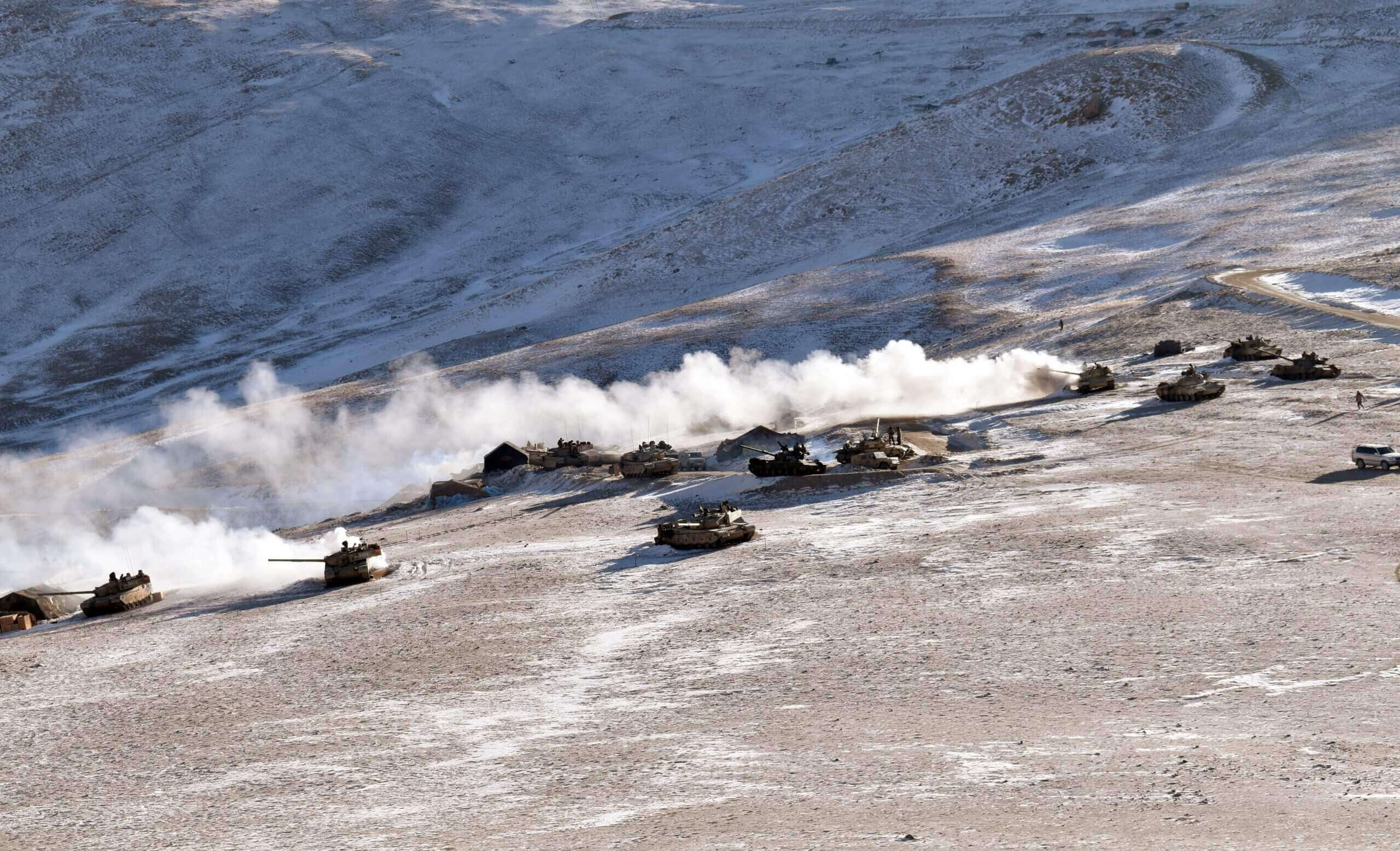
Himalayan Blunder 2020: This Time It’s China
Sun, 06 Jun 2021 | Reading Time: 8 minutes

Himalayan Blunder 2020: This Time It’s China
One year after a course of related strategic events is perhaps just the right time to take stock and analyze those aspects of the Sino Indian standoff in Ladakh which yet remain unexplained. Prime among these is of course the million-dollar question on why China decided on a course of action which it knew it had no control over; or did it perceive that it did. So did it make one of its gravest foreign policy and strategic errors in recent times and did it actually end up with egg in its face. That is a hypothesis worth examining because around the hype of China’s comprehensive power rarely does the world look at its fallibility; that high is the halo effect of the dictatorial system. It is all the more interesting in view of Xi Jinping’s recent expression which stressed on improving China’s capacity for engaging in international communication to present a true, multi-dimensional and panoramic view of China. Xi also downplayed the ‘wolf warrior diplomacy’ which was making China infamous. This coming from a nation that for the last 30 years has been viewed as one which has professionalized communication strategy to the greatest degree does appear strange. It’s well known that China adopted ‘war under informationized conditions’ as a guiding doctrine in 1993. Ten years later in 2003 that led to the Three War Strategy; cyber, media and legal with a strong conventional military as a deterrent, also kept reserve for response or limited coercion.
So, Xi Jinping is obviously dissatisfied with the way China’s image has emerged, or rather sullied, especially in the recent year gone by. Well before it came to this, his whole approach was only bravado about China’s power, influence, infallibility and domination with timelines being advanced to achieve ambitious milestones related to its international status. Although China was making all efforts towards cultivating influence with India’s South Asian neighbours, it was also pursuing the track of bonhomie with India at the highest leadership level; it made immense sense to neutralize or at least put India into a dilemma as a potentially strong partner of the US. These ventures had independent objectives which India was conscious of and could live with, through counter influence measures in the region. Two hypotheses are advanced at this stage. First, an oft repeated one in my writings last year; that China found the transition of India under Prime Minister Narender Modi, from a benign and reactive state to a more strategically confident and proactive one, as unacceptable to its interests. The run of Doklam, trans-LoC surgical strikes, Balakote air strike, Operation All Out in Kashmir and the abrogation of Article 370, all between 2016 and 2019, gave rise to the perception that India would only get more confident with passage of time. That would be dangerous to China’s overall interests far beyond just the border issue. India could actually offer the US just the bulwark it was looking for to keep China engaged on a wider front, in both land and maritime domains; the traditional counter balance. Geo-strategically India’s dominant position as the crown of the Indian Ocean with a peninsular dispensation gave it the advantage of dominating the sea lines of communication (SLsOC) through a crucial part of the North Indian Ocean. Its refusal to join China’s ambitious Belt and Road Initiative (BRI) was a contributory factor which made China uncomfortable.
Much of the above is repetition from last year’s analyses when the question of the Wuhan virus was yet not making news serious enough to be given strategic focus. Europe in particular was singing paeans to China for the relief efforts at the height of the first wave of the pandemic. India too was suffering the first wave just when the PLA decided to detach a large segment of troops under training, to the Line of Actual Control (LAC) in Ladakh. The timing does not appear to have been any coincidence and gave sufficient credence to the actions which happened in sync; awaiting sufficient effect of the spread of the virus before executing coercion by walking across the LAC and engaging in fracas with weapons it had prepared to project as never having come prepared for war.
Nations involved in aggression always work on some aims whenever they plan and conduct operations of any intensity. Without an aim a mission becomes an unprofessional exercise and the strategy may get flawed. China’s political aim continues to remain obfuscated but more application of mind is now providing some deductions. Driven by perception of India’s transitional rise and progressing transformation the aim may have been to target its self-confidence, dilute its war waging potential by setting it back a couple of years in the economic realm and preventing it from being an optimal bulwark in the geostrategic sphere that is yet China’s weakness – the Indo part of the US lexicon, Indo-Pacific. Translating this politico-strategic aim into a military one was a challenge which the political and military hierarchy failed to achieve. Therein lay China’s blunder of 2020. The PLA wasn’t sure whether its aim could be achieved by mere ‘walk in’ operations; after all the Indian Army was quite used to this and had its own set of responses to these actions built up over ten years or more. Presumably it did what all nations committing naked aggression do; it war gamed its options. Among the plausible ones was a full-scale border war along the northern borders with the greater weight on Ladakh due to proximity to the BRI’s flagship project, CPEC. A military victory in a given timeframe could not be guaranteed and territory was something China did not relish, at least at this stage; keeping some feuds going with unresolved boundaries many times is strategically more advantageous. The Chinese leadership may have war gamed a couple of options in converting the politico-strategic aim to a workable military one so as to draw out a potential military strategy. If we presume that China was also convinced about using biological warfare against India and its high density population and had taken a high level decision on the same, it would then have only been a question of the degree of coercion that the PLA would have to impose to achieve the overall aim. That it would lose the benefit of goodwill with India was a given but it was probably confident that India would continue trade ties whatever be the coercion below threshold of war. It probably appreciated, and perhaps rightly so, that if it progressed its military strategy with limited coercion only it could achieve the aim of imposing caution on India. In addition, it would force an Indian mobilization with all the expenditure that goes with it. All this at a time India could ill afford such expenditure on a virtual conversion of the LAC to another Line of Control (LoC), with eyeball to eyeball contact. It would be a trailer of sorts to get a glimpse of more negatives to follow if India continued to pursue the game of strategically partnering the US and its other allies. When it came to war in the high Himalayas its intent was also to force an Indian realization that it was alone, starkly alone against the collusive strength of the PLA and the Pakistan Armed Forces.
The entire hypothesis above rests on the assumption that the Covid pandemic was engineered primarily with the US, India and Europe in mind, as China’s adversaries. Military coercion was planned only against India because it was within the realm of capability and designed such that it would not lead to anything as drastic as a break in ties, diplomatic or economic; just a limited standoff under pandemic conditions. Yet, the best of plans are victims of uncertainty the moment they are launched. It may have been just another Doklam on an extended front in a different region, but then Galwan occurred. That is where conjecture comes into the analysis and assessment. There was no reason for the PLA to do what it did on Night 15/16 June 2020 at Galwan; perhaps it was deliberately provoked to give the ongoing standoff a slightly higher level of lethality to send home some signal of seriousness of intent. Whatever it was, it went horribly wrong. The PLA did not cater for the situation going out of hand and leading to fatalities on both sides. Here was a frontier which was often referred to with a kind of reverence reserved for mature nations; no casualty had occurred here and not a bullet fired since 1975. It was probably a horrid mix up of orders, perception, poor training and even poorer execution, all of which are characteristics of the PLA. Good sense would have been to vacate the overall transgression immediately but that would be counterproductive to China’s aim, showing it in a benign light. Hardening the stance at Depsang, Gogra, Hot Springs and the Fingers Complex was automatic, probably with strict orders not to engage. It is a measure of PLA inefficiency that it failed to look around and appreciate the ground. Ground for quid pro quo by India existed all along the length of the Kailash Range towards Dungti and Demchok. However, the PLA would have had to either bring additional troops to occupy these features or place small detachments from Moldo to man these. Additional troops would have probably flared hostilities. It either just ignored the Chushul-Moldo Heights or hoped like hell that the Indian Army would not have the sense, initiative or courage to seize the obvious opportunity. By mid-Aug 2020 the Indian Army had rapidly built up additional formations supported by armour and Infantry Combat Vehicles (ICVs). With that confidence brought on by additional troops the occupation of the heights which were essentially in our own side of the LAC, took place on 29-30 Aug 2020. The fact that the PLA responded almost desperately and out of frustration to the setback but did not press home hostilities, revealed the nature of operations the PLA was undertaking. There was enough provocation by the Indian occupation of the heights. The Chinese responded but Indian troops held their ground.
Failure to anticipate the Chushul operation was a moral low point for the PLA. However, it was a good projection for us, of the fact that the PLA was facing an experienced and well trained Indian Army. It placed more doubts in the minds of the PLA leadership. With the world in global reset mode, linkages and equations are now rapidly changing. Similarities with the uncertainty of 1990-91 (post Cold War) are noticeable. It is important for India to develop its high altitude strategy with a balance of offensive and defensive tasks and let capability rather than rhetoric talk for itself. Changes in the global and regional order will take process and time and the Chinese are likely to stay put until something more definitive does not emerge. There will be a series of meetings and talks at the operational military level and progressively at the political level too. Much will depend on the speed at which Joe Biden wishes to progress things internationally. By taking its chances in Ladakh against India, without thinking through the strategy and its end game, China has actually given India a better understanding of its own long term threat perceptions. It has speeded up the formulations of partnerships and added greater clarity to the existence of some like the Quadrilateral of nations.
At the end of the day, the Ladakh engagement may have actually provided more reality to China’s self-perception of its strengths and weaknesses and given the world more leeway and perhaps more time to consider how it will deal with a future hegemon. By suitably resisting the Chinese attempts at coercion and yet not going overboard in either rhetoric or attitude, India has actually demonstrated how mature nations should deal with coercion. But this is also not the end of the game and its preparedness for future standoffs in the collusive threat environment will prove its ultimate worth for the rest of the world. There really is no time to rest, pandemic or no pandemic.
********************************************************************************************************************************
Author

Lt Gen Syed Ata Hasnain (Retd), PVSM, UYSM, AVSM, SM, VSM* former Commander of Indian Army’s Srinagar Corps, focuses on trans-national and internal conflicts in Asia and the Middle East with particular emphasis on issues revolving around Radical Islam. He is the Chancellor of Central University of Kashmir and speaks extensively at Indian and international institutions on a wide variety of subjects revolving around strategic affairs and leadership.
Disclaimer
The opinions expressed in this article are the author’s own and do not reflect the views of Chanakya Forum. All information provided in this article including timeliness, completeness, accuracy, suitability or validity of information referenced therein, is the sole responsibility of the author. www.chanakyaforum.com does not assume any responsibility for the same.
Chanakya Forum is now on . Click here to join our channel (@ChanakyaForum) and stay updated with the latest headlines and articles.
Important
We work round the clock to bring you the finest articles and updates from around the world. There is a team that works tirelessly to ensure that you have a seamless reading experience. But all this costs money. Please support us so that we keep doing what we do best. Happy Reading
Support Us




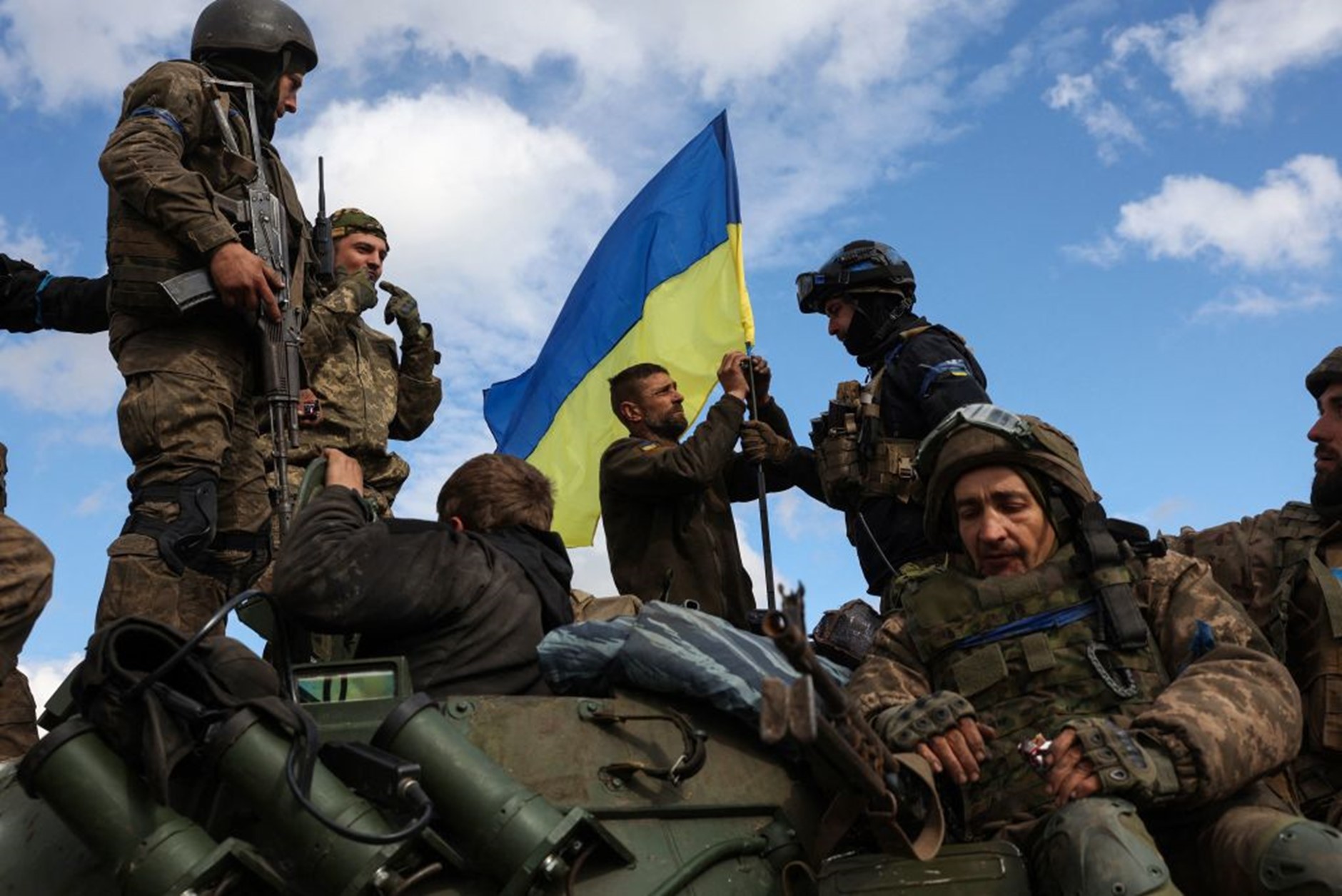

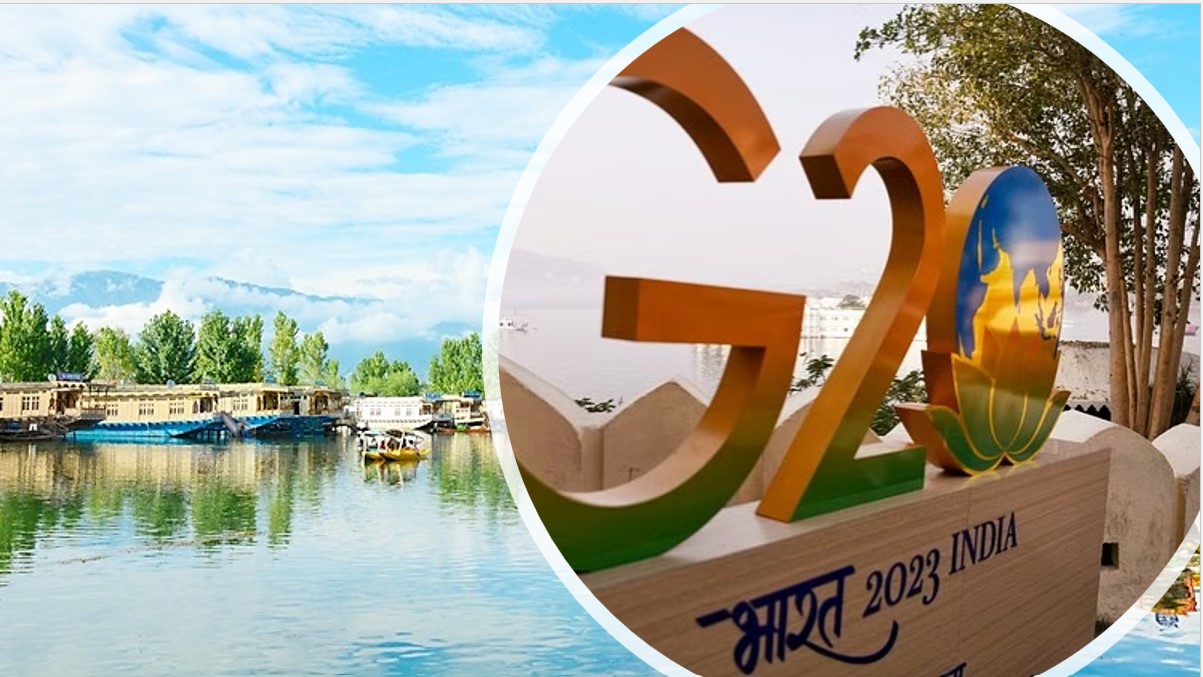


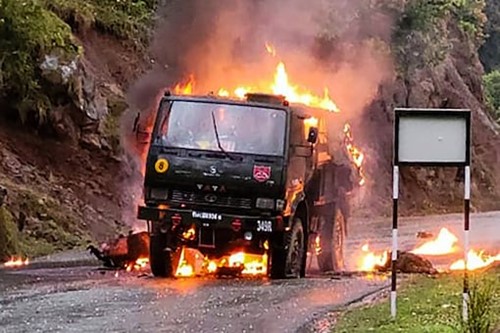
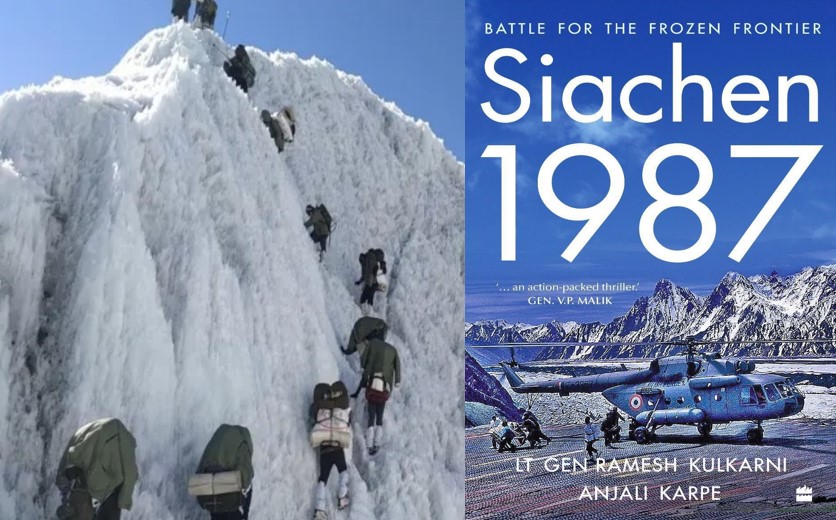

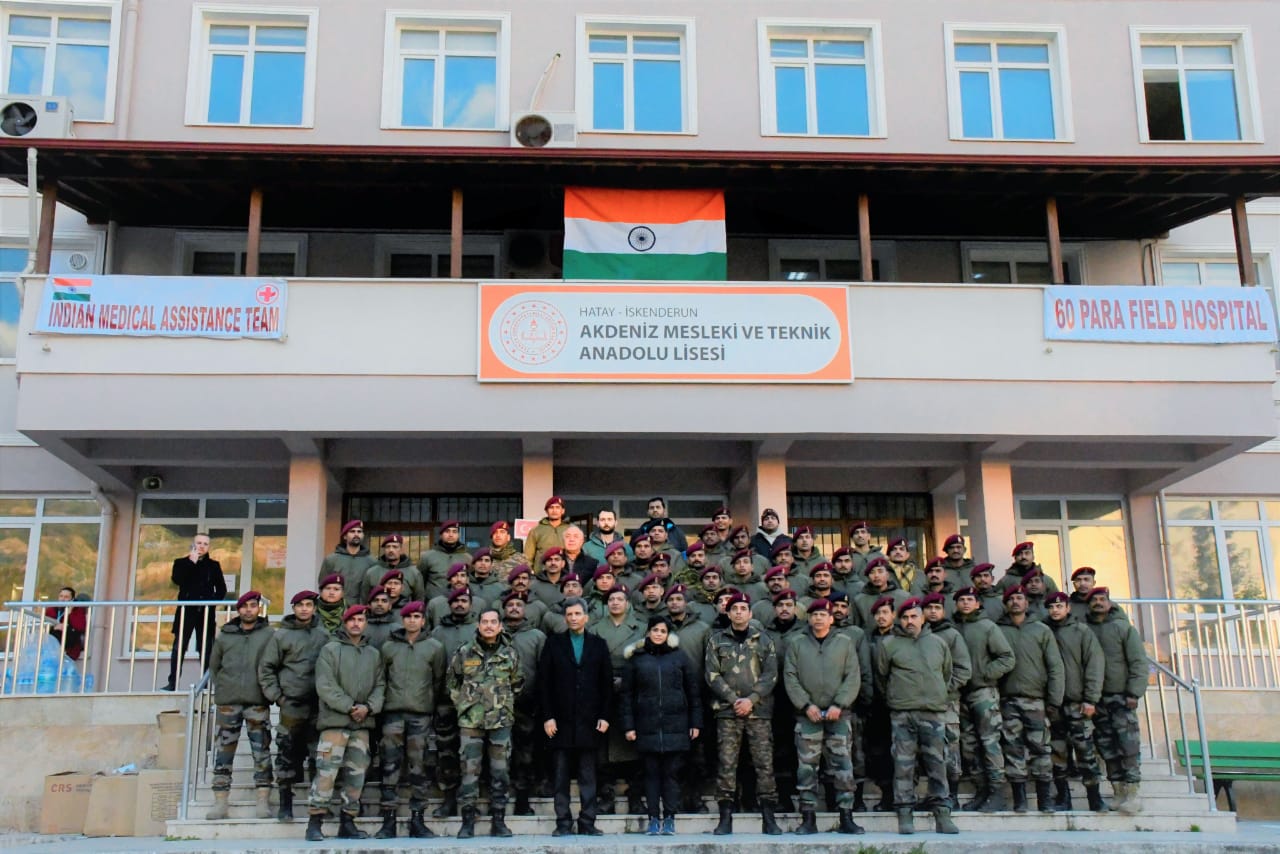
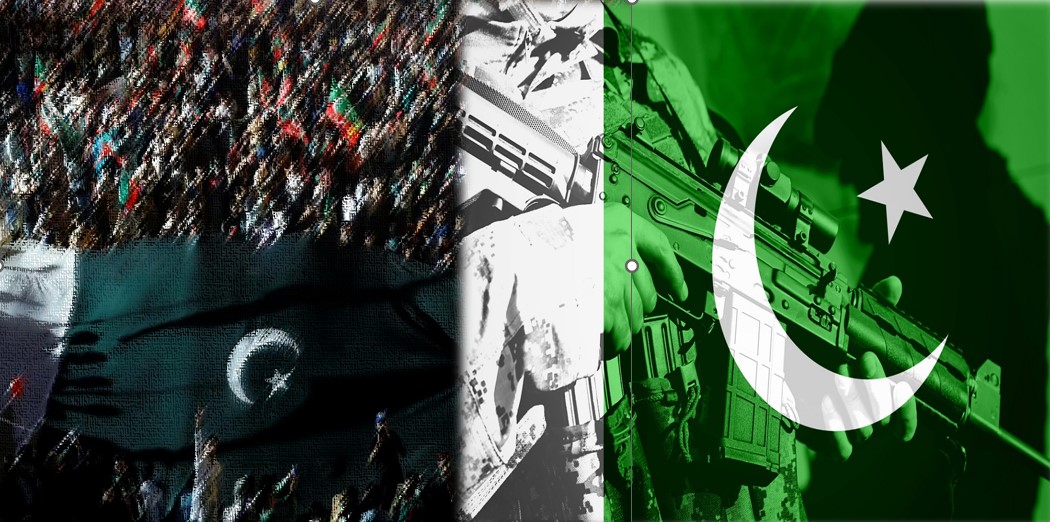






POST COMMENTS (27)
Hema Das
Vaibhav Khatri
Prashant Singh
srinivas
Anup Dhar
ASHOK IYER
Themton Irani
Govindan
Col Alok Asthana
Major Atull Dev (Retd)
Kartik
Rushikesh
Col Someshwar Singh Sinsinwar,SM (Retd)
Rohit Gupta
Yogesh Prasad
Alpha
SKPlaha
Gautam Tewari
Samkalp
Prakash
G. Sharma
Prakash Ranganath
Nishith Singh
Poonam Dave
neeraj kumar
ankit Singh bhadauria
puneet